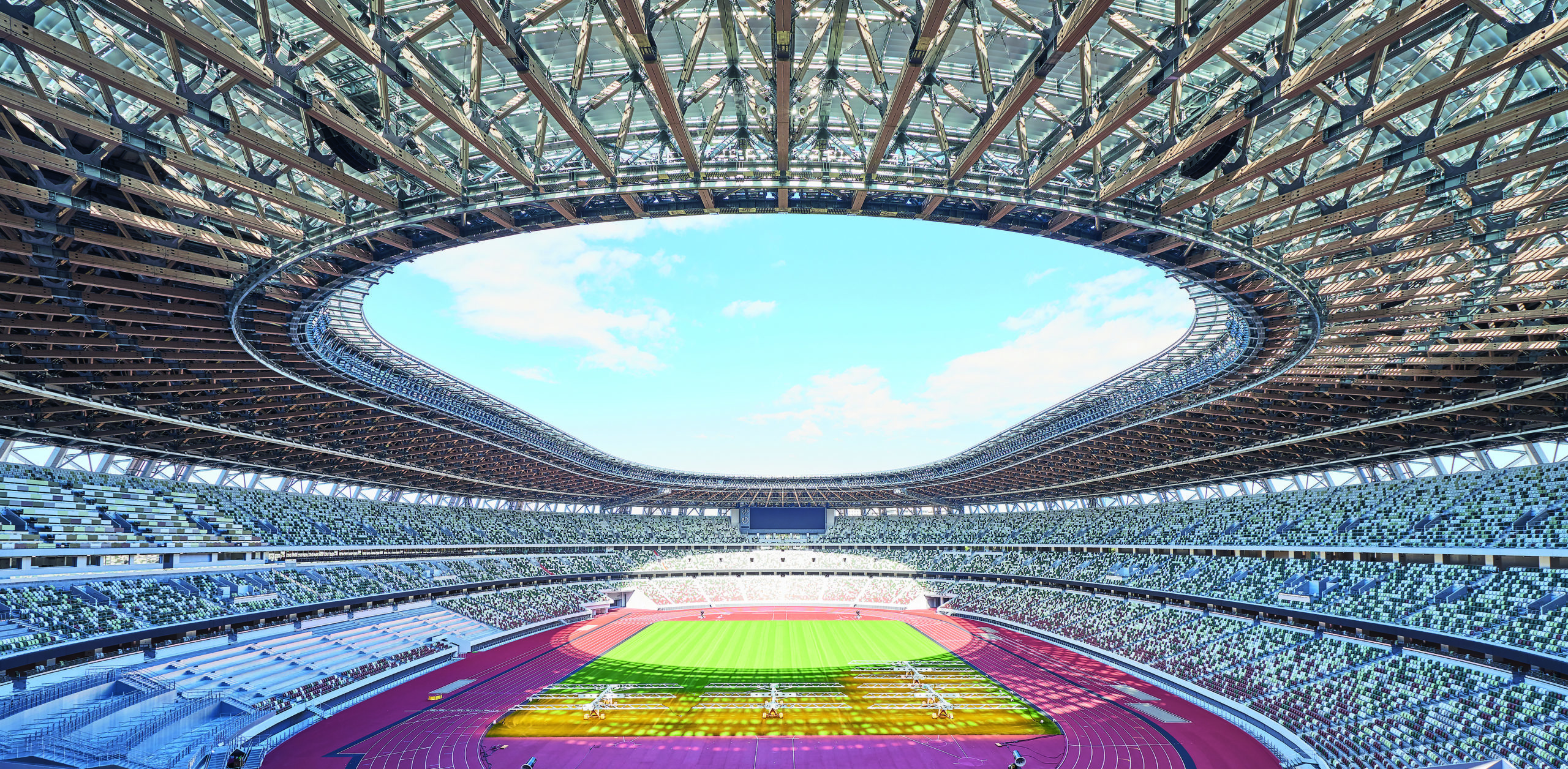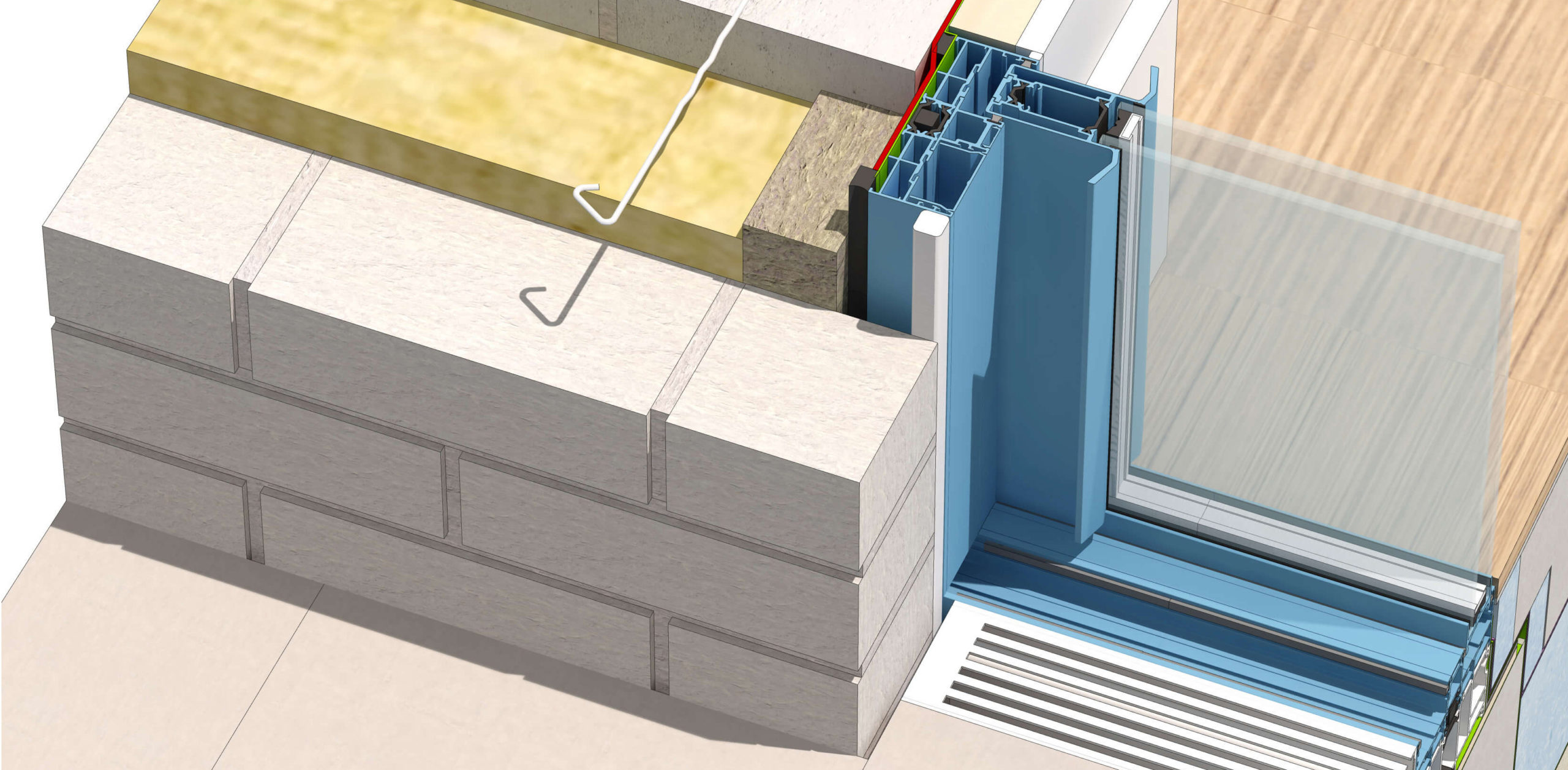Have you designed a sports facility that deserves celebration? Consider entering one of several related categories in the 10th Annual A+Awards. Remember to submit your projects before January 28th to be in the running.
In the wake of the 2020 (rescheduled to 2021) Olympic Games in Tokyo, the name of the architect behind Japan’s Olympic Stadium was on the lips of fans around the world. Yet, Kengo Kuma’s much-discussed structure, which replaced the original and controversial plan by Zaha Hadid architects, would not be described as “iconic” nor “monumental,” as is often the case with this type of building. Instead, slatted wood cladding and three-levels of planters lined with trees form the basis of what the architect calls a “living tree.”

GC Prostho Museum Research Center by Daico Ano. Courtesy of The Images Publishing Group
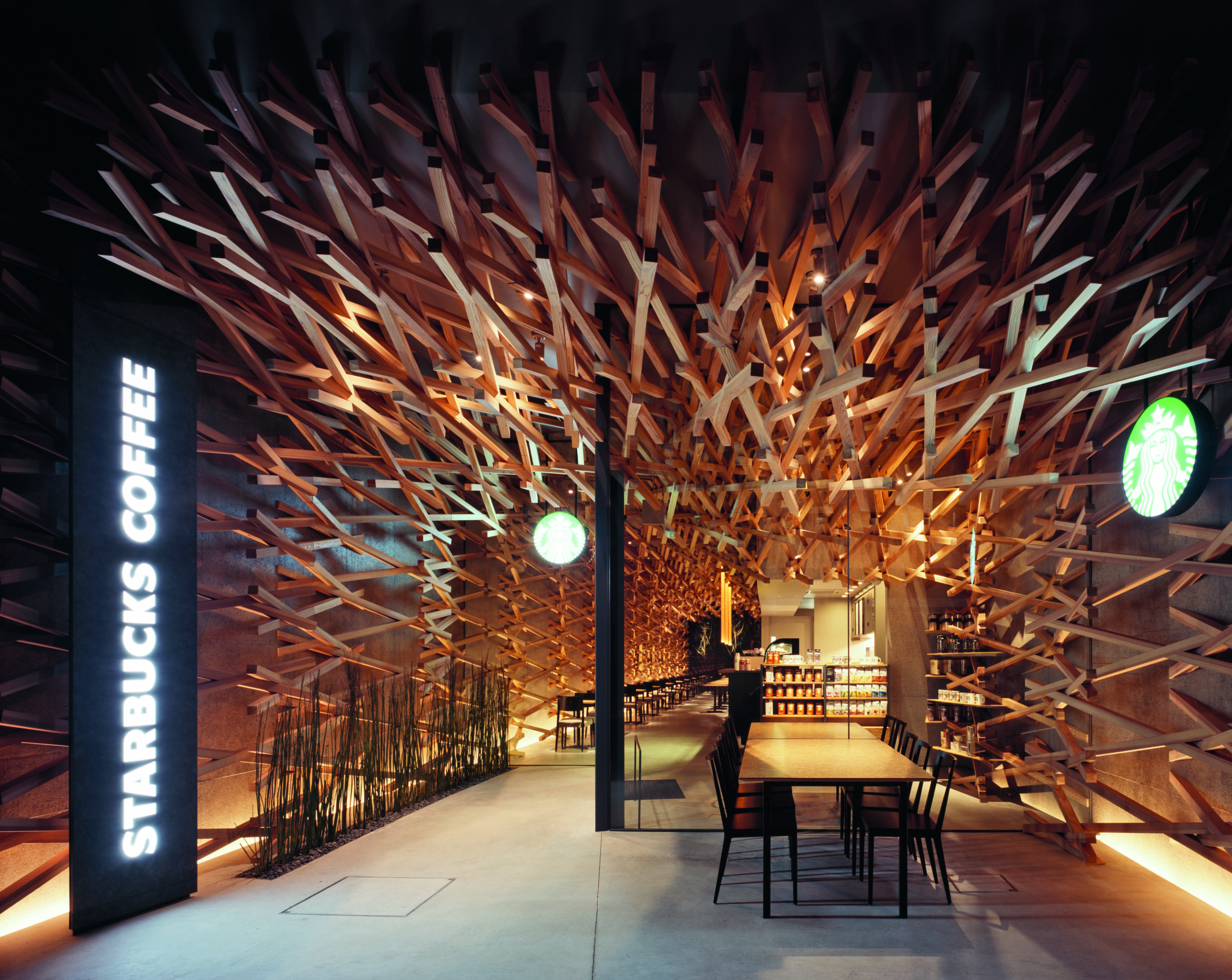
Starbucks Coffee at Dazaifutenmangu Omotesando by Masao Nishikawa. Courtesy of The Images Publishing Group
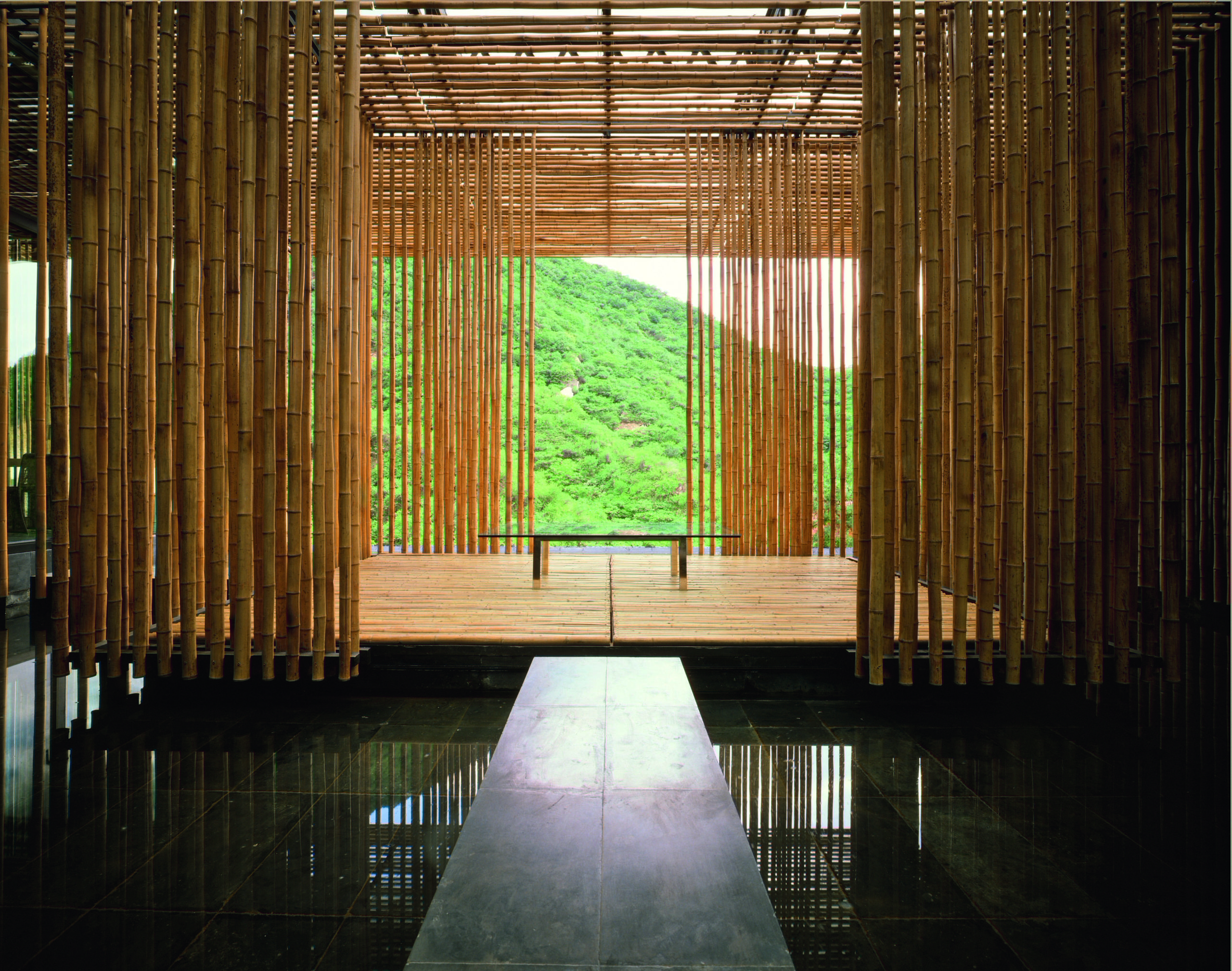
Great Bamboo Wall by Satoshi Asakawa. Courtesy of The Images Publishing Group
The latticed wood design for the elegant stadium draws on other work by Kuma, such as the SunnyHills cake shop in Tokyo, which has been described as an adaption of traditional Japanese architecture. In a similar vein, the number 47 plays an important role throughout: the building is just about 47 metres high, 47,000 trees were planted around its perimeter, and wood for the construction was sourced from all 47 prefectures of Japan. Now, a new book by one of Japan’s most prominent architects places this design in the context of Kuma’s body of work, making a decisive statement about his broader architectural approach.
Topography highlights how Kengo Kuma’s architecture naturally merges with its cultural and environmental surroundings, allowing readers to contextualize his work on Tokyo’s main stadium for the 2021 Olympic Games within the broader context of designs such as the V&A Dundee museum in Scotland and Tokyo’s newest train station, in addition to more human-scaled works, such as Jeju Ball resort in Korea.
Architizer shares an excerpt of the introduction by Kengo Kuma outlining the thread that weaves together his body of work:
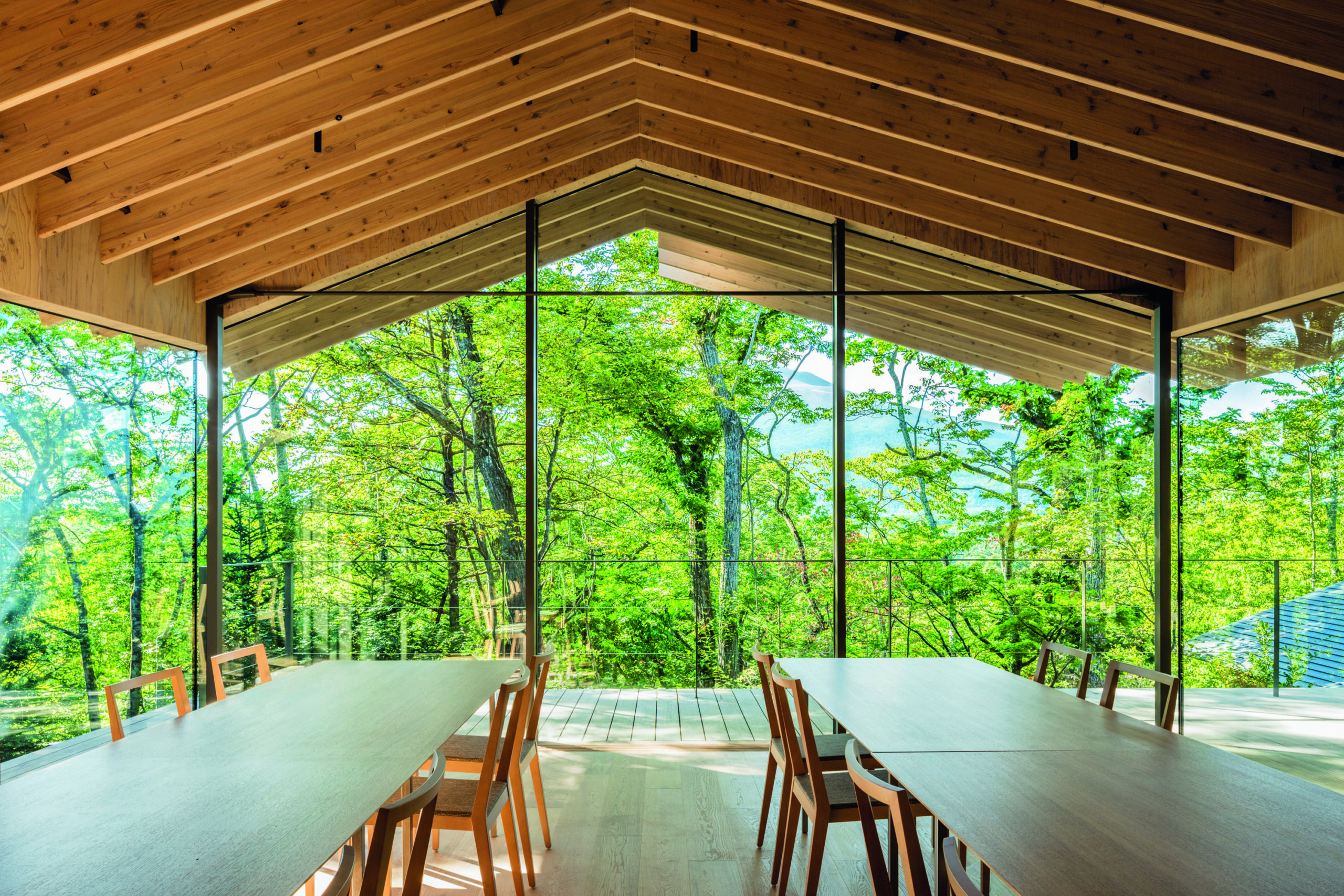
Roof / Birds by Keishin Horikoshi/SS Tokyo. Courtesy of The Images Publishing Group
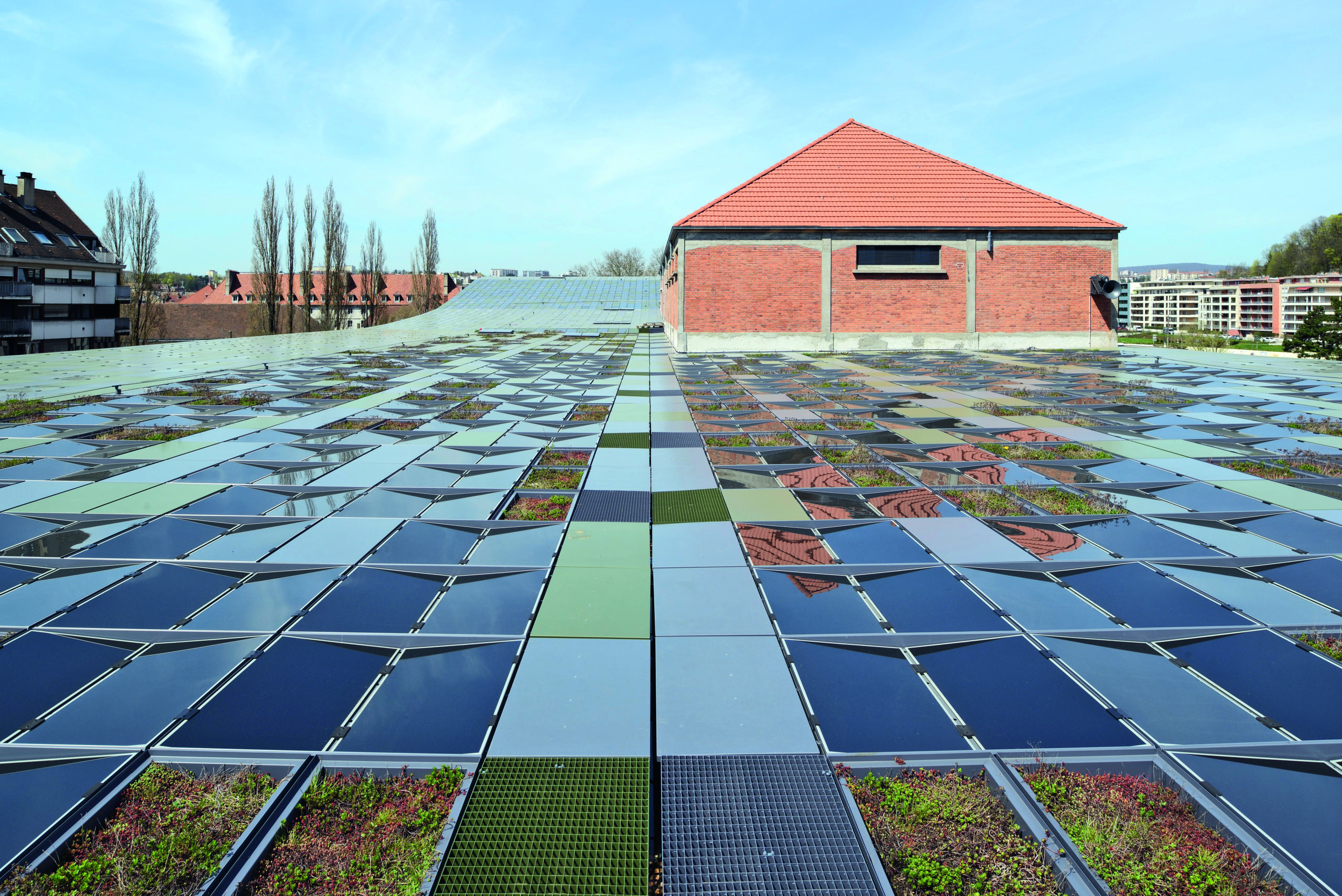
Besançon Art Center and Cité de la Musique by Nicolas Waltefaugle. Courtesy of The Images Publishing Group

Xiangcheng Yangcheng Lake Tourist Transportation Center by Erieta Attali. Courtesy of The Images Publishing Group
“My key focus throughout the 1990s was on making architecture disappear. The abnormally high economic growth that had continued through the 1980s in Japan led to a bubble, and the economy suddenly stalled at the beginning of the 1990s. I had been extremely busy as an architect for a number of years, but in the 1990s suddenly all jobs were canceled without any prior warning.
The 1990s in Japan were such a quiet time, when everything was truly dark. Some people in Japan call this the Lost Decade, during which time there were very few jobs in Tokyo. Since there was nothing to do, I traveled to various regions around Japan; I had various encounters during my travels, and met quite a few interesting people. Having periods when you do not have any work is very important in the life of an architect.
I met a number of people on an island called Ooshima in the Seto Inland Sea and was asked to design an observatory that would stand out. In my view, they undoubtedly thought that since I was an architect who had done work during the boom era and economic bubble in Tokyo during the 1980s, I could thus create an observatory that would really stand out. My feelings, however, were facing in an entirely different direction from that of the 1980s’ assertive aesthetics: instead, I really wanted to make architecture disappear into its surroundings.
I strongly disliked the part of myself as an architect that had created conspicuous architecture in a celebratory manner during the boom of the 1980s, as well as my predecessors. I was totally disgusted by all of it.
In spite of the fact that I was being asked to design a conspicuous observatory, I wanted to design an observatory that could not be seen. My actions were quite perverse.
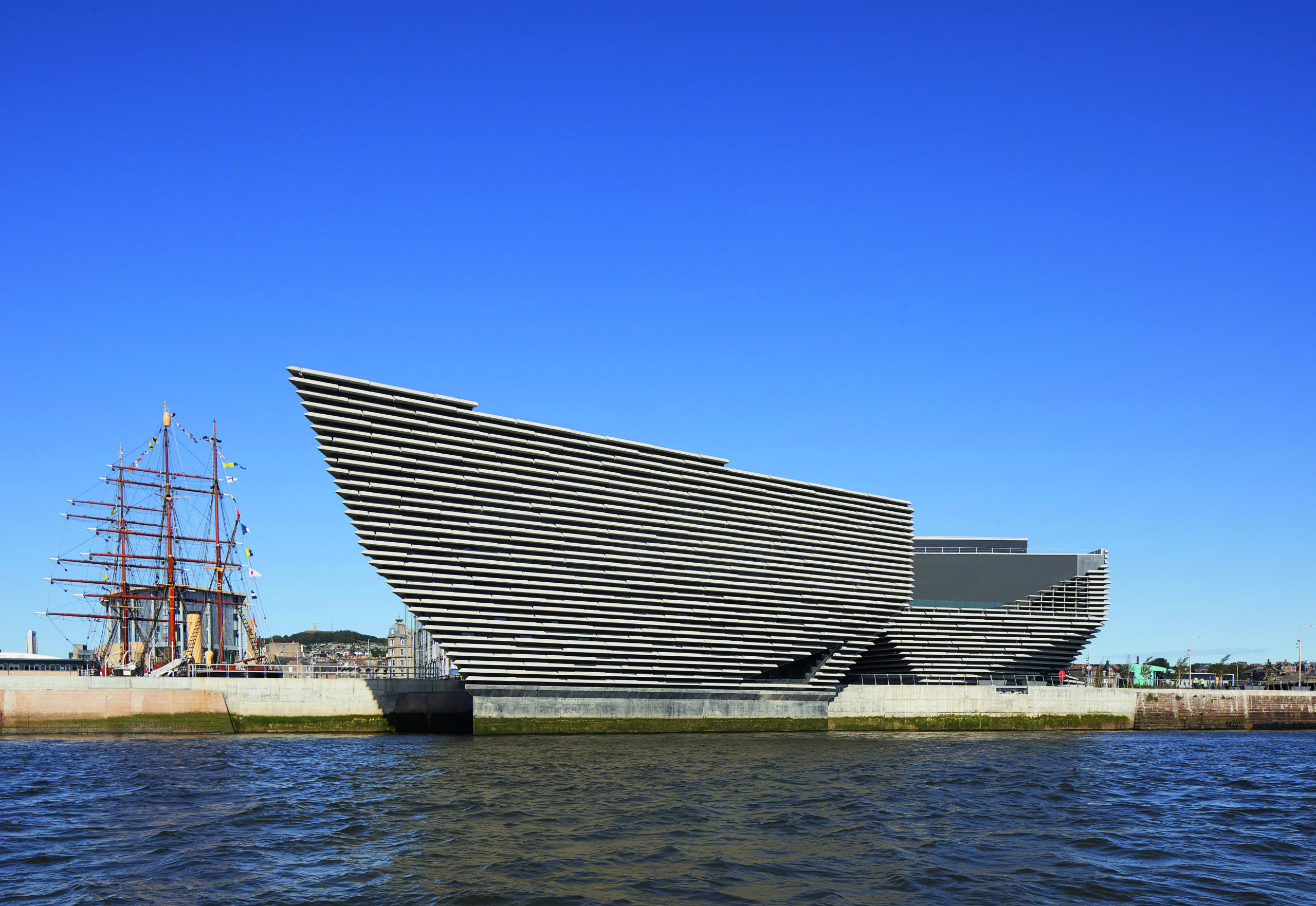
V&A Dundee by Hufton + Crow. Courtesy of The Images Publishing Group

Hongkou Soho by Eiichi Kano. Courtesy of The Images Publishing Group
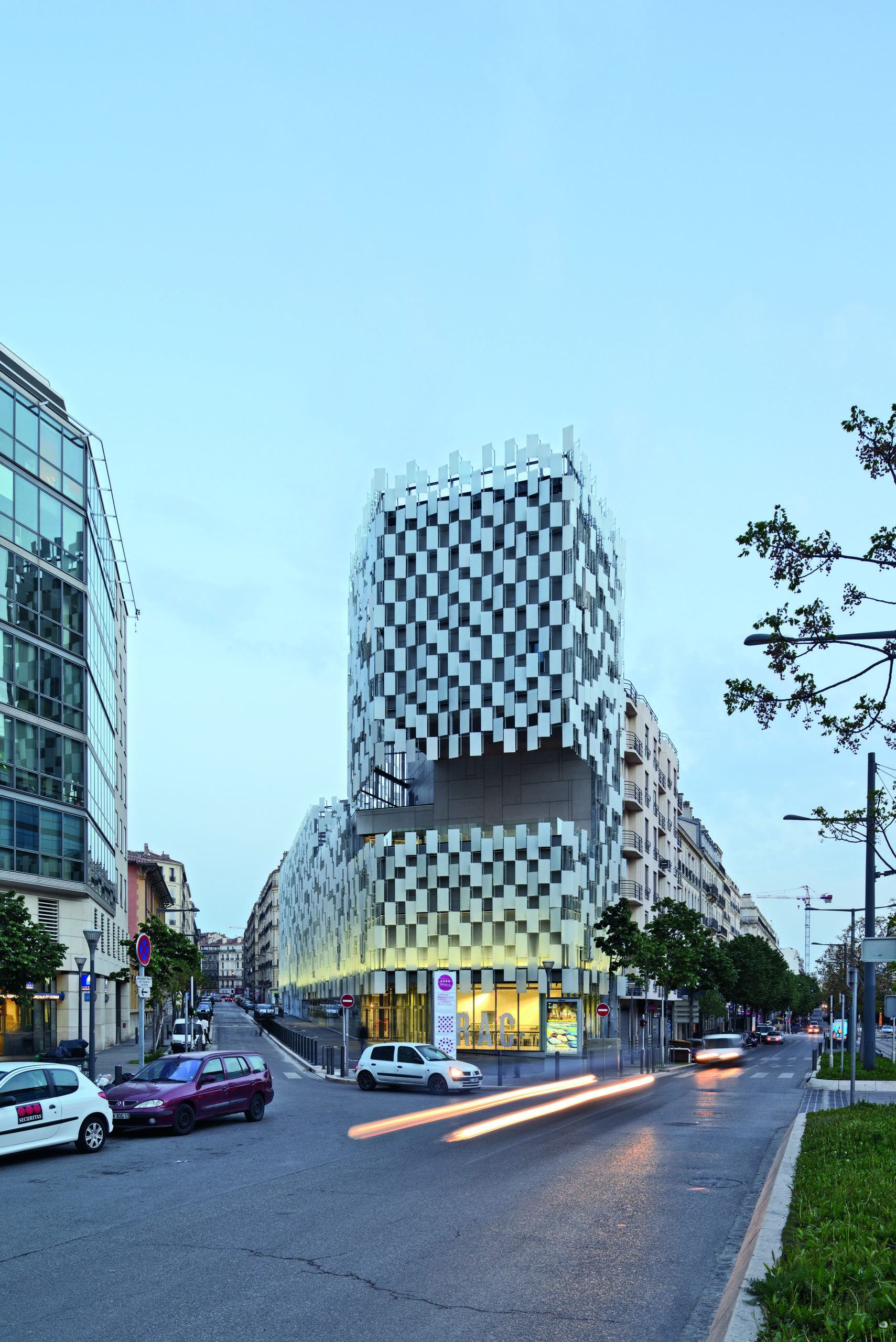
FRAC Marseille by Nicolas Waltefaugle. Courtesy of The Images Publishing Group
The easiest way to make architecture disappear is to bury it underground. I thought that the functions required for an observation deck, including the deck itself, the steps that approach it, and the restrooms, should all be covered with earth to make them disappear. I realized something very important when I was making a model to study this design: I became aware that in fact the architecture really did not disappear at all.
Even though I thought that I had made the architecture disappear, new topography appeared in that location. I had created topography instead of architecture. The important thing that I realized was that it is impossible to make architecture disappear. I became aware that while I thought I had made the architecture invisible, something else was inevitably created in its place. I had not noticed that I was responsible for what was being created in that location. Thus, I assumed responsibility for the new topography that was being created in place of architecture.
This responsibility may be something that is even more serious than creating architecture. Since the life of architecture can generally be counted in the dozens of years, you could adopt the attitude that eventually it will no longer be in that location. However, this is not true for topography. While topography changes in varying ways due to the effects of wind and rain, it continues to remain in that location forever. When you create topography that continues to exist for that inexorable length of time, you need to assume a level of responsibility commensurate with that fact. When I realized this, the way that I created architecture completely changed. The bursting of the economic bubble made me aware of this important thing.”
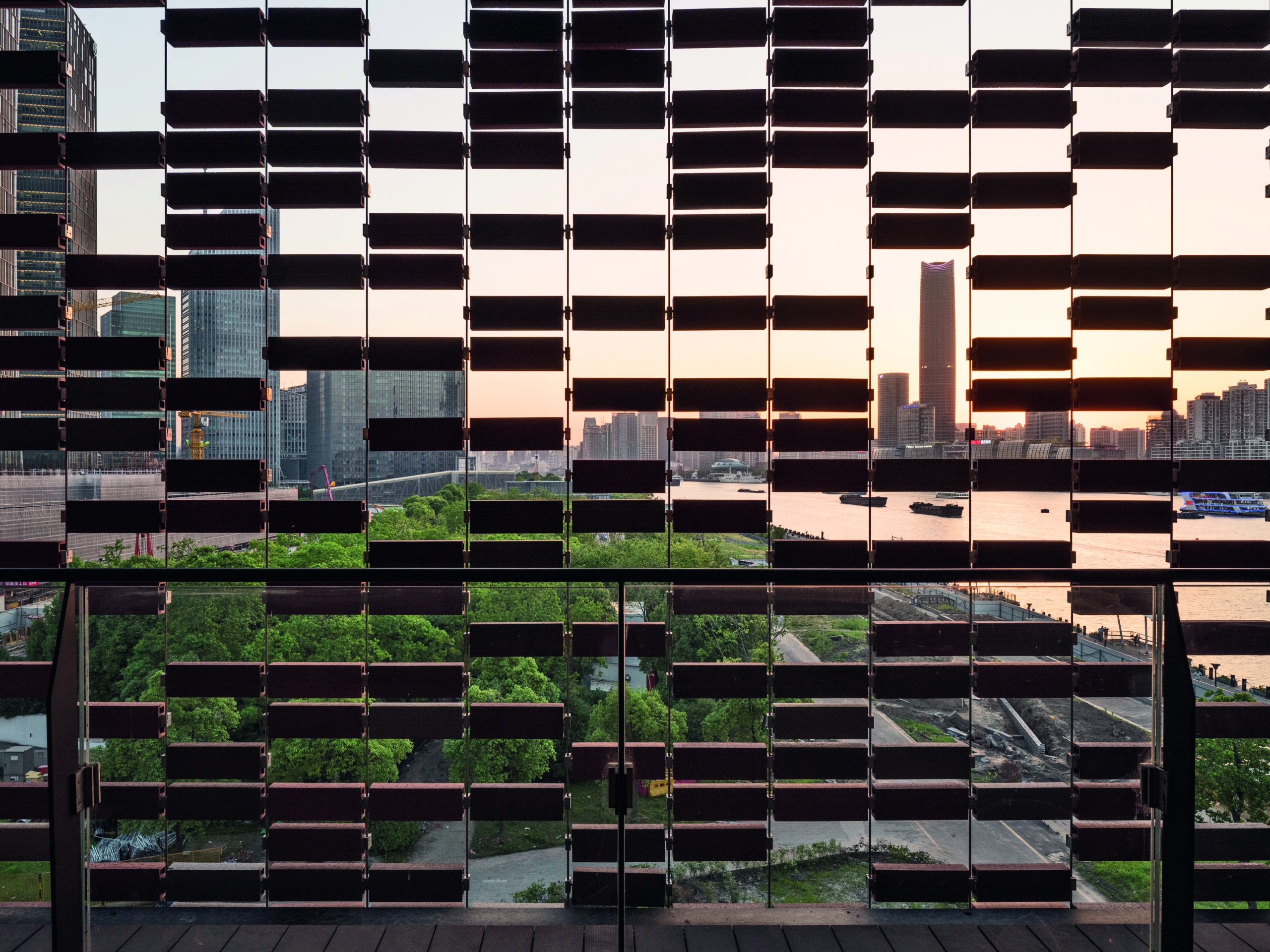
Shipyard 1862 by Erieta Attali. Courtesy of The Images Publishing Group
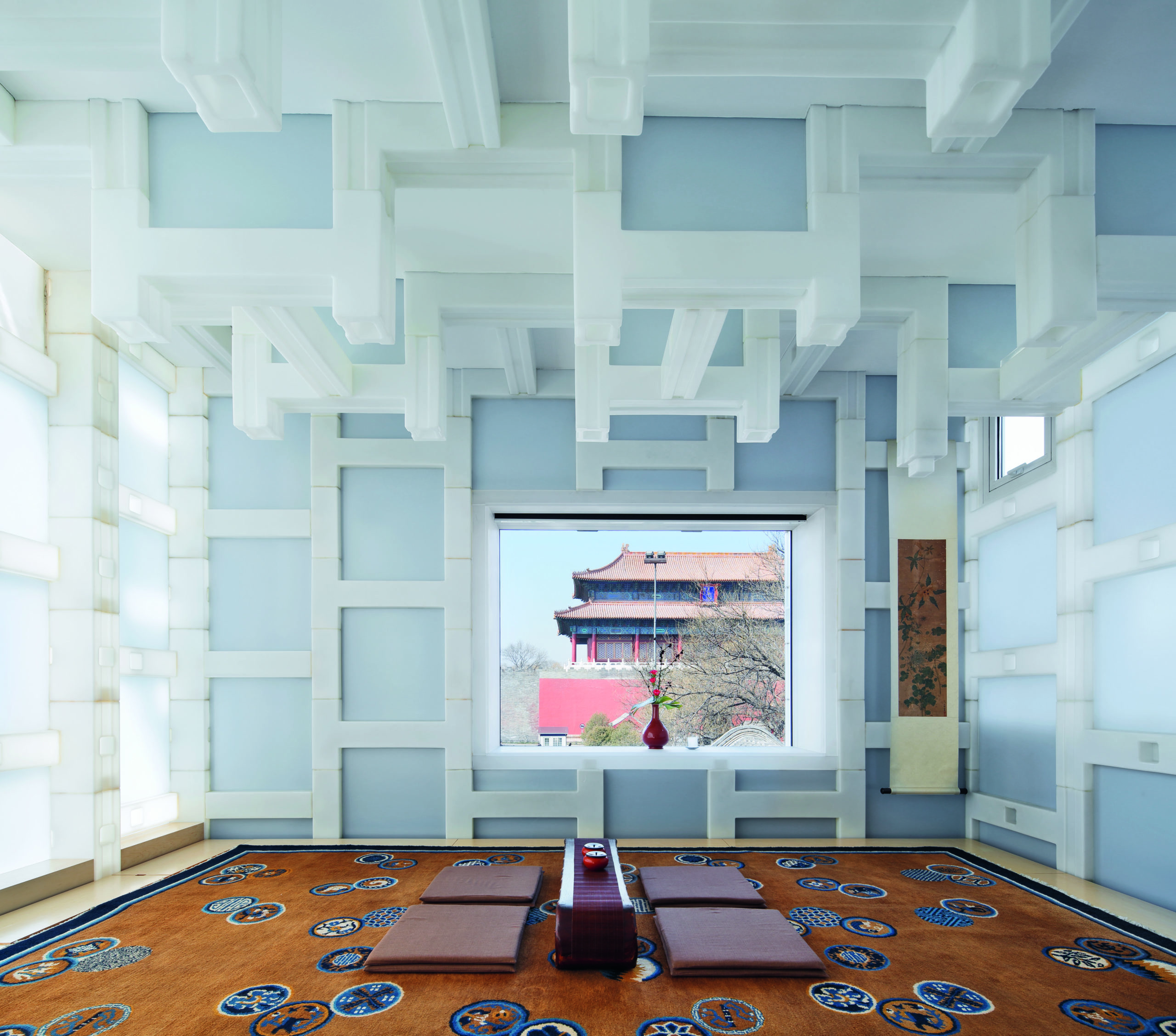
Beijing Tea House by Nacasa & Partners. Courtesy of The Images Publishing Group
Kuma concludes this section of the essay by posing the following question:
So, what exactly are the considerations that the architect should focus upon when creating topography?
As he elaborates his carefully crafted response, his words seamlessly segue from written text to the richly illustrated volume that follows. All those who find themselves fawning over Kengo Kuma’s Olympic Stadium in Tokyo this summer — architects and enthusiasts alike — will be delighted to contextualize the building within the wide spectrum of the Japanese architect’s brilliant work.
Have you designed a sports facility that deserves celebration? Consider entering one of several related categories in the 10th Annual A+Awards. Remember to submit your projects before January 28th to be in the running.
